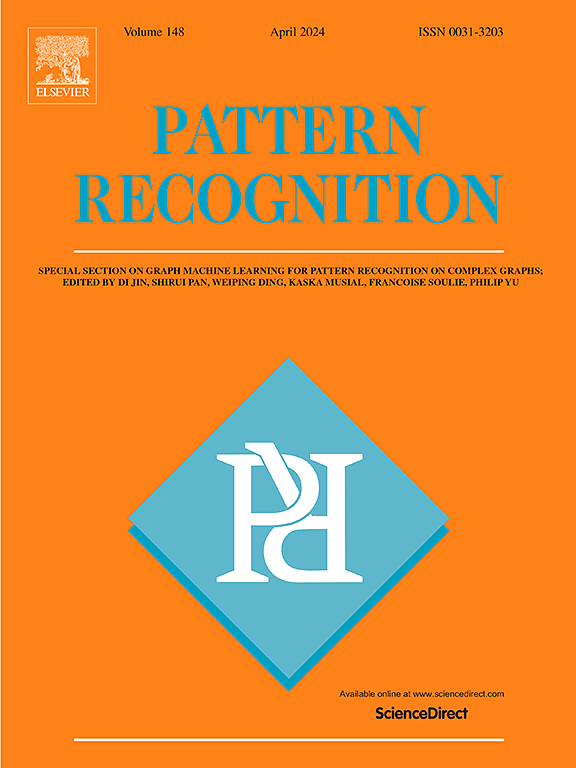Source-free video domain adaptation by learning from noisy labels
IF 7.5
1区 计算机科学
Q1 COMPUTER SCIENCE, ARTIFICIAL INTELLIGENCE
引用次数: 0
Abstract
Despite the progress seen in classification methods, current approaches for handling videos with distribution shifts in source and target domains remain source-dependent as they require access to the source data during the adaptation stage. In this paper, we present a self-training based source-free video domain adaptation approach to address this challenge by bridging the gap between the source and the target domains. We use the source pre-trained model to generate pseudo-labels for the target domain samples, which are inevitably noisy. Thus, we treat the problem of source-free video domain adaptation as learning from noisy labels and argue that the samples with correct pseudo-labels can help us in adaptation. To this end, we leverage the cross-entropy loss as an indicator of the correctness of the pseudo-labels and use the resulting small-loss samples from the target domain for fine-tuning the model. We further enhance the adaptation performance by implementing a teacher–student (TS) framework, in which the teacher, which is updated gradually, produces reliable pseudo-labels. Meanwhile, the student undergoes fine-tuning on the target domain videos using these generated pseudo-labels to improve its performance. Extensive experimental evaluations show that our methods, termed as CleanAdapt, CleanAdapt + TS, achieve state-of-the-art results, outperforming the existing approaches on various open datasets. Our source code is publicly available at https://avijit9.github.io/CleanAdapt.
求助全文
约1分钟内获得全文
求助全文
来源期刊

Pattern Recognition
工程技术-工程:电子与电气
CiteScore
14.40
自引率
16.20%
发文量
683
审稿时长
5.6 months
期刊介绍:
The field of Pattern Recognition is both mature and rapidly evolving, playing a crucial role in various related fields such as computer vision, image processing, text analysis, and neural networks. It closely intersects with machine learning and is being applied in emerging areas like biometrics, bioinformatics, multimedia data analysis, and data science. The journal Pattern Recognition, established half a century ago during the early days of computer science, has since grown significantly in scope and influence.
 求助内容:
求助内容: 应助结果提醒方式:
应助结果提醒方式:


